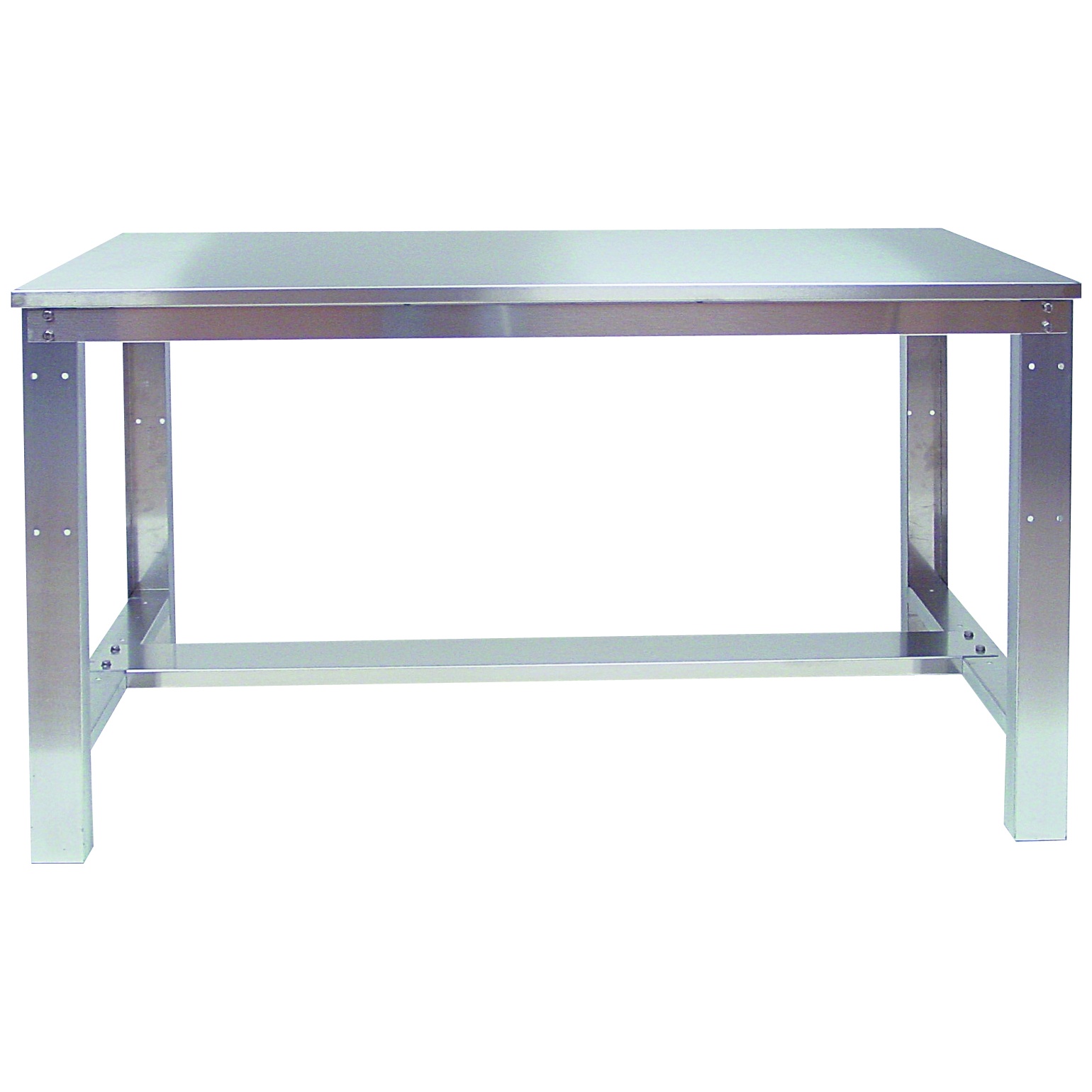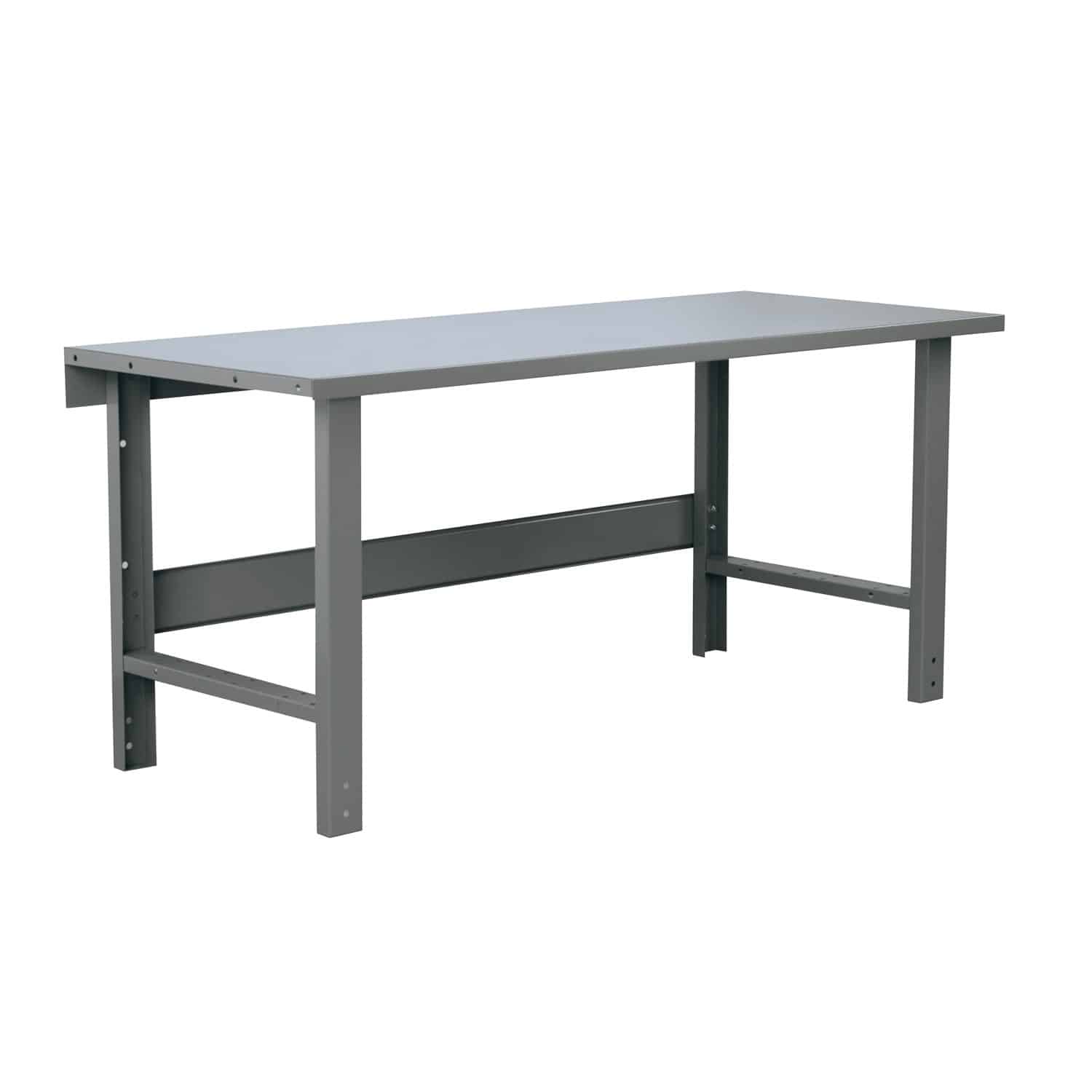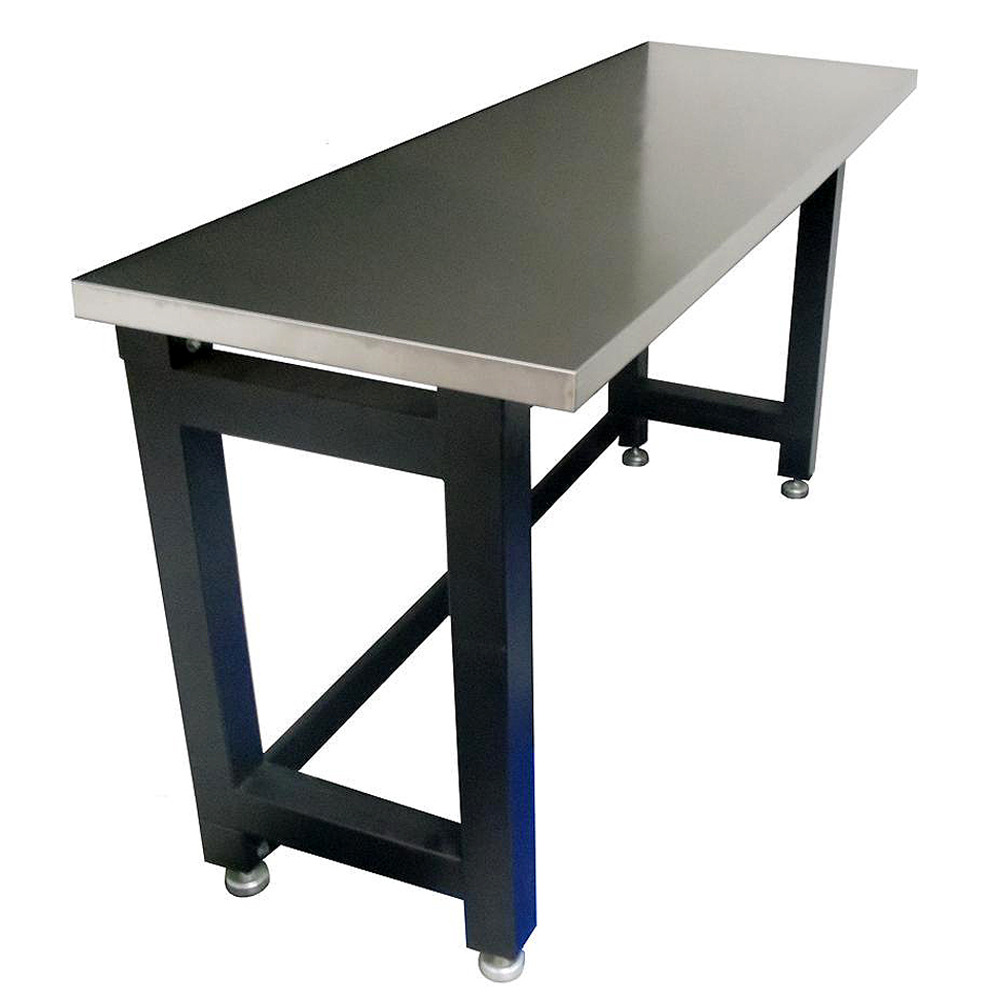Stainless Steel Cabinet Workbench

A stainless steel cabinet workbench is a sturdy and hygienic work surface that is ideal for a wide range of applications. Its construction, using high-quality stainless steel, offers numerous advantages over other materials, making it a preferred choice in various industries.
Advantages of Stainless Steel Cabinet Workbenches
The use of stainless steel in cabinet workbenches offers several distinct advantages, making them a superior option for many applications.
- Durability and Strength: Stainless steel is known for its exceptional strength and resistance to wear and tear. It can withstand heavy loads and impact, ensuring a long-lasting and reliable work surface.
- Corrosion Resistance: Stainless steel’s inherent resistance to corrosion makes it suitable for environments where exposure to moisture, chemicals, and harsh conditions is common. This property is crucial in industries like food processing, pharmaceuticals, and chemical manufacturing, where hygiene and product integrity are paramount.
- Easy Cleaning and Maintenance: Stainless steel surfaces are smooth and non-porous, making them easy to clean and maintain. They resist the buildup of dirt, grime, and bacteria, promoting a hygienic work environment.
- Hygienic and Sanitary: Stainless steel is a non-reactive material that does not leach harmful substances into food or other products. This makes it an ideal choice for applications where hygiene and food safety are critical, such as in food preparation areas, hospitals, and laboratories.
- Temperature Resistance: Stainless steel can withstand extreme temperatures, both hot and cold. This makes it suitable for environments where high or low temperatures are prevalent, such as in kitchens, bakeries, and industrial settings.
- Aesthetics: Stainless steel has a modern and sleek appearance that enhances the overall aesthetic of any workspace. Its polished finish adds a touch of sophistication and professionalism.
Applications of Stainless Steel Cabinet Workbenches
Stainless steel cabinet workbenches find extensive use across a wide range of industries and applications.
- Food Processing and Packaging: In food processing plants, kitchens, and packaging facilities, stainless steel workbenches are essential for ensuring food safety and hygiene. Their resistance to corrosion, ease of cleaning, and non-reactive nature make them ideal for handling food products.
- Pharmaceutical and Healthcare: The pharmaceutical and healthcare industries require work surfaces that are clean, sterile, and resistant to chemicals. Stainless steel workbenches meet these requirements, ensuring a safe and hygienic environment for handling medications and medical devices.
- Chemical and Industrial Manufacturing: In chemical and industrial manufacturing settings, stainless steel workbenches are used for handling corrosive materials, chemicals, and heavy equipment. Their durability and corrosion resistance make them suitable for these demanding environments.
- Research Laboratories: Laboratories require work surfaces that are resistant to chemicals, heat, and wear and tear. Stainless steel workbenches provide a robust and hygienic platform for conducting scientific experiments and research.
- Educational Institutions: In schools, universities, and other educational institutions, stainless steel workbenches are used in science labs, workshops, and kitchens. Their durability and ease of cleaning make them ideal for student use.
Durability and Longevity of Stainless Steel in Demanding Environments
Stainless steel’s exceptional durability and longevity make it a highly desirable material for workbenches in demanding environments. Its resistance to corrosion, impact, and wear and tear ensures that stainless steel workbenches can withstand years of heavy use and exposure to harsh conditions.
“Stainless steel workbenches are known for their long service life, often lasting for decades with proper maintenance.”
In industries where hygiene and product integrity are critical, such as food processing and pharmaceuticals, the durability and longevity of stainless steel workbenches are paramount. Their ability to withstand repeated cleaning and sanitizing cycles, while maintaining their structural integrity, makes them a valuable asset in these demanding environments.
Design Considerations for Stainless Steel Cabinet Workbenches

A stainless steel cabinet workbench is a versatile and durable piece of equipment that can be customized to meet the specific needs of any workspace. When designing a stainless steel cabinet workbench, several crucial design elements must be considered to ensure its functionality, durability, and ergonomic comfort. These elements play a vital role in maximizing the efficiency and productivity of the workspace.
Ergonomic Design Considerations
Ergonomic design is crucial for ensuring user comfort and minimizing the risk of musculoskeletal injuries. This is especially important for workbenches that are used for extended periods.
- Adjustable Height: An adjustable height workbench allows users to customize the working height to their individual needs, reducing strain on the back, neck, and shoulders. The adjustable height feature is particularly beneficial for users of different heights and for tasks that require different working postures. For example, a workbench with adjustable height can be raised for tasks requiring standing and lowered for tasks that require sitting.
- Workspace Layout: A well-designed workspace layout promotes efficient workflow and reduces unnecessary movement. This involves strategically placing tools, materials, and equipment within easy reach to minimize reaching and bending. The layout should also consider the specific tasks that will be performed on the workbench, ensuring adequate space for tools and materials.
Design Considerations for a Specific Application
Consider a stainless steel cabinet workbench designed for a food processing facility. This workbench will need to meet specific requirements to ensure hygiene and safety.
- Materials: Stainless steel is an ideal material for food processing workbenches due to its durability, resistance to corrosion, and ease of cleaning. The specific grade of stainless steel should be chosen based on the specific requirements of the application. For example, 304 stainless steel is a common choice for food processing due to its resistance to corrosion and high temperatures. However, 316 stainless steel might be preferred in environments with high chloride levels, such as seafood processing facilities.
- Features: The workbench should incorporate features that promote hygiene and safety. These might include:
- Coved corners: Coved corners eliminate sharp edges and crevices where bacteria can accumulate, making cleaning easier.
- Sealed seams: Sealed seams prevent moisture and debris from accumulating, ensuring a clean and sanitary work surface.
- Integrated sinks: An integrated sink can be incorporated into the workbench to provide a convenient and hygienic space for handwashing and cleaning tools.
- Under-shelf storage: Under-shelf storage provides a designated area for storing tools and equipment, keeping the work surface clear and organized.
Features and Components of Stainless Steel Cabinet Workbenches

Stainless steel cabinet workbenches are essential in various industries due to their durability, hygiene, and resistance to corrosion. These workbenches offer a robust platform for a wide range of tasks, from food preparation to laboratory experiments. Understanding the features and components of these workbenches is crucial for selecting the right model for your specific needs.
Types of Stainless Steel Used in Cabinet Workbenches
The type of stainless steel used in a cabinet workbench determines its properties and suitability for specific applications. Here is a table highlighting the common types of stainless steel used and their characteristics:
| Type of Stainless Steel | Properties | Applications |
|---|---|---|
| AISI 304 | Good corrosion resistance, excellent formability, and weldability. | General purpose workbenches, food processing, and light-duty applications. |
| AISI 316 | Higher corrosion resistance than AISI 304, particularly against chloride ions. | Heavy-duty applications, chemical processing, and marine environments. |
| AISI 430 | Magnetic, good corrosion resistance, and lower cost than AISI 304 and 316. | Workbenches requiring magnetic properties, light-duty applications, and decorative elements. |
Components of a Stainless Steel Cabinet Workbench
Stainless steel cabinet workbenches typically consist of various components that contribute to their functionality and durability.
Drawers
Drawers are essential for storing tools, equipment, and supplies. They are often constructed from stainless steel and feature ball-bearing slides for smooth operation. Some drawers might include dividers or trays for organization.
Shelves
Shelves provide additional storage space for larger items or equipment. They can be fixed or adjustable, allowing you to customize the storage capacity based on your needs.
Work Surfaces
The work surface is the primary working area of the workbench. It is typically made from a thick sheet of stainless steel, offering a durable and hygienic surface. The work surface can be flat or include features like grooves for holding tools or a raised edge to prevent items from rolling off.
Optional Features
Several optional features can enhance the functionality of a stainless steel cabinet workbench.
Lighting
Adequate lighting is crucial for precise work. Workbenches can be equipped with LED lights integrated into the underside of the work surface or mounted on the side.
Electrical Outlets
Electrical outlets provide power for tools and equipment. They can be mounted on the side or underside of the workbench, ensuring convenient access.
Storage Accessories
Various storage accessories can further improve organization. These include:
- Tool holders: Magnetic strips, pegboards, and tool trays can keep tools organized and easily accessible.
- Waste containers: Integrated waste bins or receptacles provide a designated area for waste disposal.
- Paper towel holders: Paper towel holders ensure convenient access to cleaning supplies.
A stainless steel cabinet workbench provides a durable and hygienic work surface, ideal for kitchens and workshops. While its sleek, modern aesthetic might not immediately conjure images of warmth and vibrancy, consider the contrasting charm of rustic red kitchen cabinets.
This unexpected pairing can create a visually captivating space, blending industrial strength with a touch of vintage charm. Whether you’re preparing meals or crafting projects, the stainless steel workbench offers a practical and stylish backdrop for your culinary or creative endeavors.
Stainless steel cabinet workbenches are a durable and hygienic choice for various workshops and laboratories. Their robust construction and resistance to corrosion make them ideal for demanding environments. While workbenches are often stationary, if you’re looking to add a touch of modern design to your bathroom, consider incorporating a floating vanity cabinet.
Learn how to make a floating vanity cabinet with this step-by-step guide. Back to workbenches, stainless steel models offer a sleek aesthetic that complements any workspace, from industrial settings to high-end kitchens.
